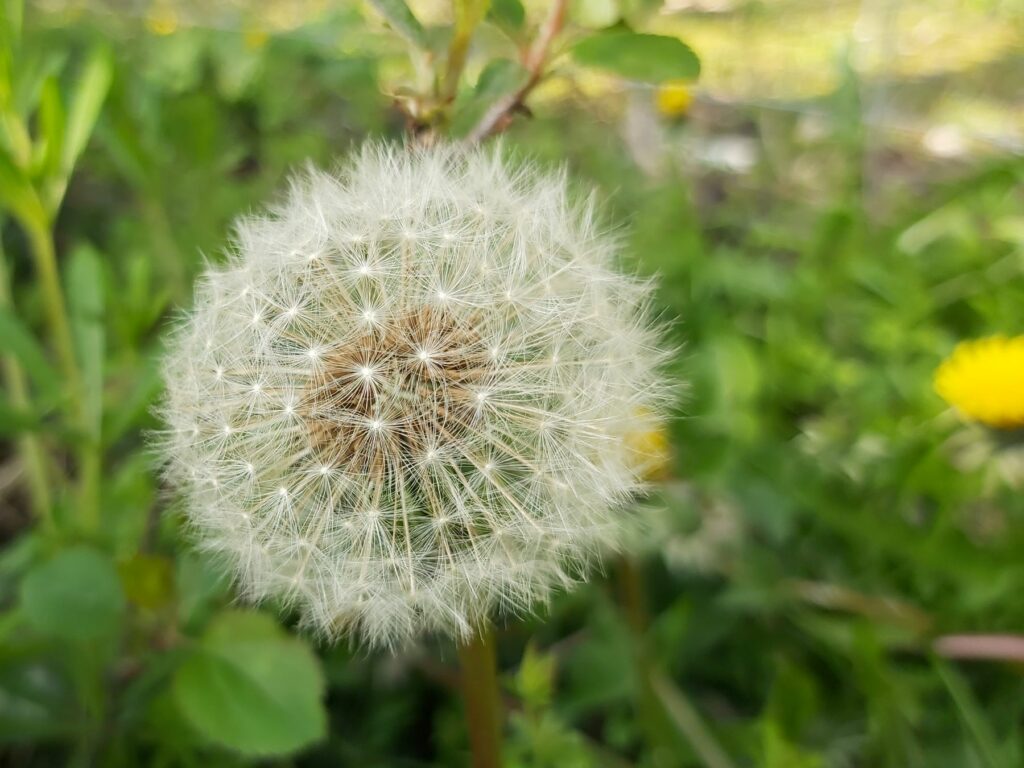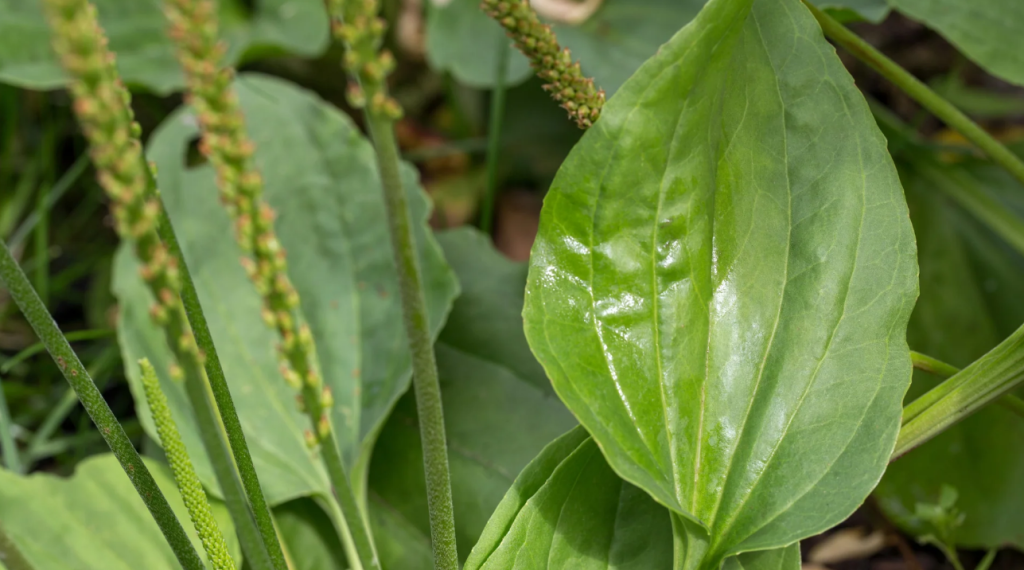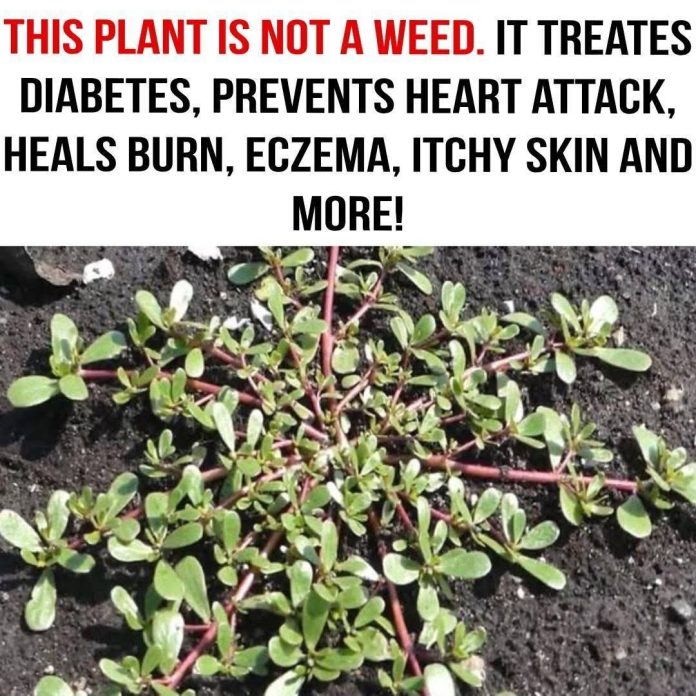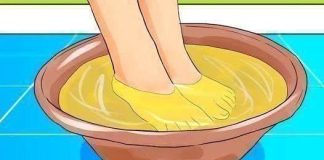Many plants commonly dismissed as mere weeds are, in fact, nutritional powerhouses with a rich history of culinary and medicinal use. These overlooked flora not only thrive in our backyards but also offer an array of health benefits that can enhance our diets and well-being. Let’s explore some of these remarkable plants that deserve a place on our plates rather than in our compost heaps.
Dandelion (Taraxacum officinale): The Ubiquitous Nutrient-Rich Herb
Often considered a pesky intruder in manicured lawns, the dandelion is a versatile herb celebrated in various cultures. Every part of the plant is edible:
- Leaves: Rich in vitamins A, C, and K, as well as minerals like calcium and iron, dandelion greens can be enjoyed raw in salads or cooked similarly to spinach.
- Flowers: These can be used to make dandelion wine or added to dishes for a splash of color and subtle sweetness.
- Roots: When roasted and ground, dandelion roots serve as a caffeine-free coffee substitute.
Medicinally, dandelions have been used to support liver function, aid digestion, and act as a natural diuretic.

Purslane (Portulaca oleracea): The Omega-3-Rich Succulent
Purslane is a low-growing succulent with a slightly tangy taste. Often found sprawling across gardens and sidewalks, it’s a nutritional gem:
- Nutritional Profile: Purslane is exceptionally high in omega-3 fatty acids, particularly alpha-linolenic acid, which supports heart health. It’s also a good source of vitamins A, C, and E, as well as magnesium and potassium.
- Culinary Uses: Its crisp texture and lemony flavor make it a delightful addition to salads, soups, and stews. In Mediterranean and Middle Eastern cuisines, purslane is a cherished ingredient.
- Incorporating purslane into your diet can contribute to reduced inflammation and improved cardiovascular health.
Lamb’s Quarters (Chenopodium album): The Wild Spinach Alternative
Also known as wild spinach, lamb’s quarters is a fast-growing plant with diamond-shaped leaves:
- Nutritional Profile: The leaves are rich in protein, fiber, and essential minerals such as calcium and iron. They also contain significant amounts of vitamins A and C.
- Culinary Uses: Young leaves can be eaten raw in salads, while older leaves are best cooked to reduce their slight bitterness. They can be used as a substitute for spinach in various dishes.
Regular consumption of lamb’s quarters can support bone health and boost the immune system.
Chickweed (Stellaria media): The Delicate Spring Green
Chickweed is a sprawling plant with small, star-shaped flowers and tender leaves:
- Nutritional Profile: It provides vitamins A, C, and D, along with minerals like iron, calcium, and potassium.
- Culinary Uses: The mild, slightly sweet flavor of chickweed makes it perfect for fresh salads, sandwiches, or as a garnish. It can also be cooked like spinach.
- Traditionally, chickweed has been used to soothe skin irritations and support respiratory health.
Stinging Nettle (Urtica dioica): The Prickly Superfood
Despite its reputation for causing skin irritation, stinging nettle is a nutritional and medicinal powerhouse:
- Nutritional Profile: Nettle leaves are abundant in vitamins A, C, K, and several B vitamins. They also offer minerals like iron, calcium, magnesium, and potassium.
livescience.com - Culinary Uses: Cooking neutralizes the sting, allowing nettles to be used in soups, teas, and as a spinach substitute.
Nettle has been employed to alleviate allergies, reduce inflammation, and support urinary tract health.
Plantain (Plantago major): The Ubiquitous Healer
Not to be confused with the banana-like fruit, this common weed has broad, ribbed leaves:
- Nutritional Profile: Plantain leaves are rich in vitamins A and C and contain calcium.
- Culinary Uses: Young leaves can be eaten raw in salads, while older leaves are better cooked.
Medicinally, plantain has been used topically to treat wounds, insect bites, and skin irritations due to its anti-inflammatory properties.

Conclusion
Reevaluating the plants we often label as weeds can uncover a treasure trove of nutritional and medicinal benefits. By incorporating these edible plants into our diets, we not only diversify our nutritional intake but also embrace sustainable and cost-effective food sources. Next time you spot these so-called weeds in your backyard, consider harvesting them for your next meal rather than discarding them.

















